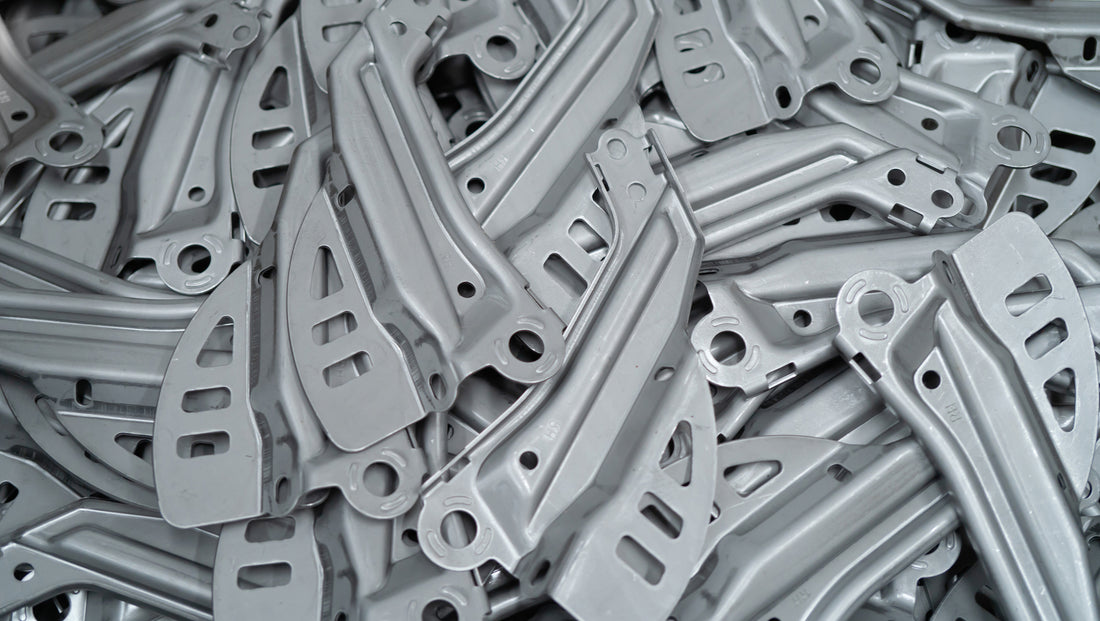Introduction: Zinc plating is a widely used method for protecting metal surfaces, especially steel, from corrosion. It involves applying a thin layer of zinc onto the surface of the metal. This blog post will delve into the zinc plating process, highlighting its benefits and drawbacks, to provide a comprehensive understanding of this protective technique.
The Zinc Plating Process:
-
Cleaning and Preparation: Before plating, the metal surface must be thoroughly cleaned to remove any dirt, grease, or other contaminants. This is often achieved through a combination of chemical and mechanical cleaning processes.
-
Electroplating: The primary method for zinc plating is electroplating, where the metal part is immersed in a solution containing zinc ions and connected to an electrical circuit. The metal part acts as the cathode, and zinc plates act as the anode. When an electric current is applied, zinc ions migrate and deposit on the cathode, forming a thin, uniform zinc coating on the surface.
-
Post-Treatment: After plating, the zinc-coated parts may undergo various post-treatments like chromate conversion coating, which enhances corrosion resistance and can add decorative colors.
Pros of Zinc Plating:
-
Enhanced Durability: Zinc plating significantly increases the lifespan of metal parts by protecting them from rust and corrosion.
-
Cost-Effective: Compared to other metal finishing processes, zinc plating is relatively inexpensive and offers excellent value for the level of protection it provides.
-
Improved Appearance: Zinc plating can improve the aesthetic appeal of metal parts, giving them a clean, bright finish.
-
Versatility: Zinc plating is suitable for a wide range of applications, from automotive components to household hardware.

Cons of Zinc Plating:
-
Environmental Concerns: The chemicals used in the plating process can be harmful to the environment if not properly managed.
-
Limited Protection at High Temperatures: Zinc coatings can lose their protective properties at high temperatures, making them unsuitable for certain applications.
-
Potential for Hydrogen Embrittlement: In some cases, the electroplating process can introduce hydrogen into the steel, leading to brittleness and potential failure under stress.
Conclusion: Zinc plating is a highly effective method for protecting metal surfaces from corrosion. While it offers significant advantages like enhanced durability and cost-effectiveness, it's essential to consider the environmental impact and limitations of the process. Understanding both the pros and cons of zinc plating helps in making informed decisions for metal finishing requirements.

